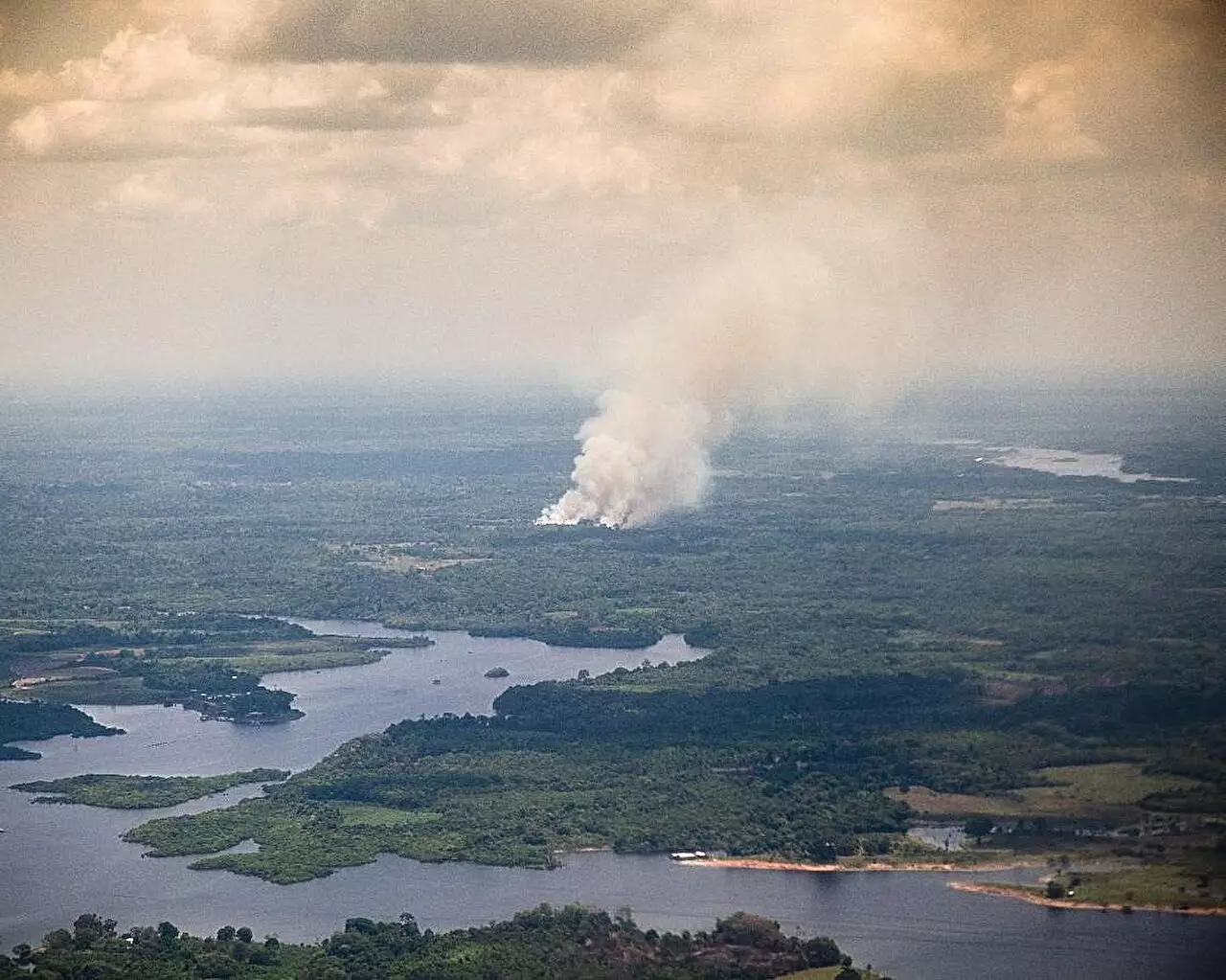The intricate relationship between natural disasters such as wildfires and our environment is more critical than ever to understand, especially as climate change intensifies the frequency and severity of these events. Wildfire smoke, often viewed negatively for its immediate health impacts on air quality, harbors complexities that extend beyond immediate human health risks. Recent research reveals that the smoke aerosols produced by wildfires do not merely pollute the air; they also hold significant sway over atmospheric conditions, including cloud formation and weather patterns. An especially enlightening aspect of this research is the role of ultrafine particles (UFPs) in wildfire smoke, which have historically been underestimated in their significance.
UFPs are tiny particles that are less than 100 nanometers in diameter, and their presence in wildfire smoke has been poorly understood, often dismissed as ephemeral and easily neutralized by larger particles. However, new studies challenge this perspective and introduce a critical understanding of how UFPs can persist in smoke from vegetation fires, particularly in regions like the Amazon rainforest. Rather than being rapidly scavenged by larger particles, evidence indicates that UFPs can thrive, complicating our existing models of air quality and climate dynamics.
Researchers utilized advanced aircraft measurements and sophisticated model simulations to trace the behavior and characteristics of UFPs emerging from biomass burning. Surprisingly, these particles are produced in considerable quantities, suggesting a robust mechanism for their sustained existence. The implications are profound as UFPs significantly contribute to cloud formation processes, thereby influencing both localized and widespread weather systems.
The newly-acquired understanding of how UFPs interact with storm clouds marks a paradigm shift in atmospheric science. High-resolution regional modeling revealed that the presence of UFPs could intensify storm systems. This is attributed to their capacity to act as cloud condensation nuclei, promoting more substantial cloud formation. Consequently, the research suggests that wildfires may exacerbate rainy conditions—leading to heavier rainfall, which can manifest in flooding or other extreme weather phenomena.
This effect of UFPs is critical, especially as we grapple with changing weather patterns attributed to climate change. By refining our understanding of how particles from wildfires influence rainfall and storm systems, we can better anticipate and prepare for the consequences of extreme weather events.
The research has also prompted a re-evaluation of existing Earth system models, which have historically overlooked secondary UFPs produced through chemical reactions in smoke. In prior analyses, it was commonly believed that the toxic emissions from wildfires primarily led to larger particles dominating the aerosol composition in the atmosphere. However, the identification of efficient mechanisms for UFP formation reveals that these particles can maintain considerable concentrations that contribute to atmospheric phenomena.
For environmental models to remain pertinent, incorporating these newly recognized UFP dynamics alongside conventional pollutants is essential. This necessitates an increase in the emissions parameters for chemical species like dimethyl amines and sulfuric acid in simulation models. It’s not merely an academic endeavor; these updates could lead to more reliable forecasts about air quality and climate behavior in regions affected by biomass burning.
The intricate interplay between wildfire smoke, air quality, and atmospheric processes underscores the importance of comprehensive research in understanding our environment. The newly found significance of ultrafine particles invites a broader discussion on the anthropogenic factors contributing to wildfires and climate change. As climate conditions evolve, so too must our scientific inquiries into the multifaceted consequences of natural phenomena like wildfires. Moving forward, further investigations into UFPs will remain vital in shaping effective public health policies and climate action strategies to address the myriad impacts of wildfires on both local and global scales.

